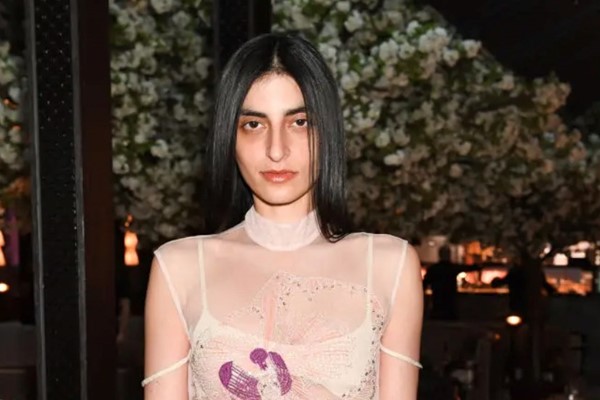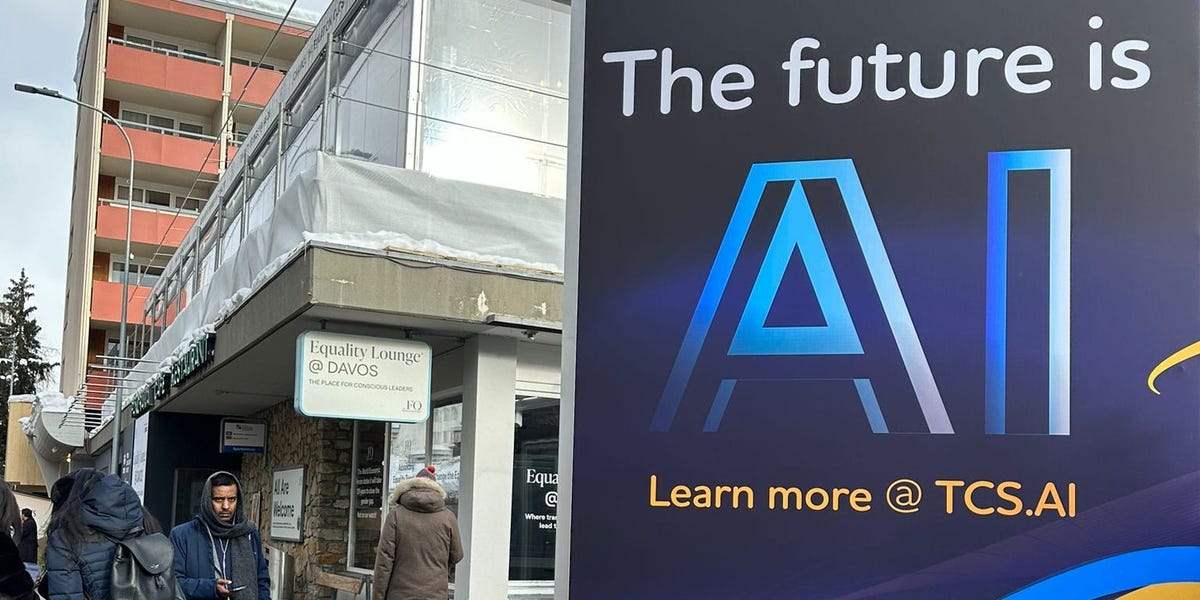The Challenge of AI-Generated Models and the Ownership Rights of Models like Nassia Matsa
As the era of AI-generated modeling agencies unfolds, a concerning reality emerges for models such as Nassia Matsa – the ambiguity surrounding copyright protections leaves them vulnerable to the exploitation of their own likeness.
On a routine commute to a casting session, Nassia’s attention is drawn to an advertisement featuring a model bearing a striking resemblance to herself. Despite never having collaborated with the insurance company in question, the uncanny similarities in pose, styling, and makeup to a past photoshoot in 2018 for a Parisian magazine raise unsettling questions. Capturing a photo of the ad for reference, Nassia’s discomfort grows, prompting her to eventually delete the image in an attempt to quell her unease.
Months later, a subsequent advert by the same insurer showcases a different model, yet the sense of déjà vu persists. This time, Nassia recognizes a friend’s face with subtle digital alterations, giving her an almost mannequin-like appearance. Delving deeper, Nassia uncovers the unsettling truth – both she and her friend have unknowingly become subjects of AI manipulation, their digital avatars utilized without consent for promotional endeavors they were never part of. The regulatory vacuum surrounding AI technologies exacerbates the predicament, leaving individuals like Nassia grappling with the fundamental question – who truly owns their identity?
The infiltration of AI-generated models into the industry has largely gone unnoticed, with the accessibility of such technology rapidly expanding. Platforms like Deep Agency offer the creation of “digital twin” models through user-uploaded images, while agencies like LaLaLand.ai boast the swift generation of diverse models to cater to brands’ inclusivity goals. However, the ethical and legal dilemmas triggered by AI’s intersection with the creative realm are just beginning to surface.
Advocacy groups like The Model Alliance, led by Sara Ziff, highlight the growing concerns among models regarding unauthorized use of their digital likenesses. The lack of ownership rights over images extends beyond traditional photoshoots to encompass body scans, raising apprehensions among models, especially fit models, about the misuse of their personal data without consent.
Navigating the legal landscape proves challenging, particularly in jurisdictions like the UK where explicit ‘image’ or ‘personality’ rights are absent. William Wortley, an Intellectual Property expert, underscores the complexities models face in safeguarding their identities, emphasizing the need for innovative legal strategies to combat image misuse. While existing legal frameworks grapple with the implications of generative AI, uncertainties persist regarding the protection of individuals’ image rights in the digital realm.
Beyond legal intricacies, the emergence of AI models has sparked concerns about the future of human models, particularly those from marginalized communities. The potential displacement of POC models by digital counterparts raises pertinent questions about diversity and representation in the industry. Despite these apprehensions, industry professionals like agent Jordan Shiel remain optimistic, viewing AI technology as a complementary tool rather than a replacement for human models in forging emotional connections between brands and consumers.
In this evolving landscape where technology blurs the lines of ownership and identity, models like Nassia Matsa find themselves at the forefront of a complex narrative, advocating for greater transparency, ethical standards, and legal protections in the realm of AI-generated modeling.






